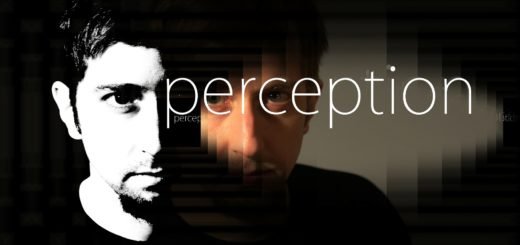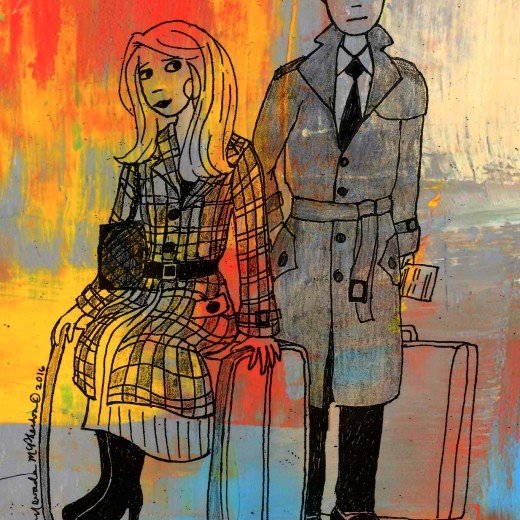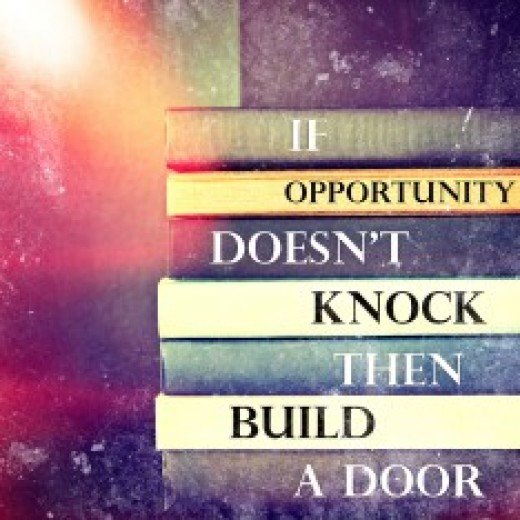Writing Dialogue Resources For Novelists on Writer’s Fun Zone
Today’s post is a summary of posts on writing dialogue, resources for novelists on Writer’s Fun Zone.
***
Recently, I created a new free mini-course, The Writer Discovery Mini-Course (sign up here), and have been learning a lot about the writers sharing their replies with me.
Thanks to everyone who have been sharing their answers with me. I answer each email individually, though it may take me some time.
Just know, the very fact you take the time to answer the questions and send me the answer is an important step in making your dreams a reality.
One student asked me to share resources on writing dialogue, one of the central components of fiction.
In modern fiction, dialogue is a central component and serves two key functions in our stories:
- To reveal character
- To advancing the plot, either via action or to increase our worry for the characters
My husband and co-teacher in our courses and group mastermind program, likes to add a third function: humor.
Your story’s dialogue is prime real estate to make a good scene great. I consider it part of your story’s action.
Here’s a short video clip on this content:
Here’s another short clip on a “before” and “after” of editing dialogue:
From a craft perspective, dialogue contains what is said and also what isn’t said.
Dialogue: What do your characters say?
Subtext: What do they not say and how do we know?
Dialogue shows:
- Content: What is said?
- Manner: How is it said?
- Subtext: What isn’t said but is shown.
— Show via body movement; direct/indirect inner thought; and, metaphor.
Common Problems
- Too “on the nose” or “you know, Bob”
— Information is obvious or already known.
*Solution: make surprising; make sure what’s said advances the story. - We don’t know who is talking.
*Solution: Add “he said/she said” or action tags. - Formatting is confusing.
*Solution: Use a new line for each speaker. Put action and dialogue tags with each quote.
(This above lesson excerpted from one of our lessons in the Group Mastermind Program for Science Fiction and Fantasy Novelists.)
More WFZ Posts on Writing Dialogue
Here are 9 posts on writing dialogue from guest authors on Writer’s Fun Zone:
-
- Create Dialogue… From the Outside In by Jackie Blain
http://www.writersfunzone.com/blog/2015/03/03/create-dialogu e-outside-jackie-blain/ - Say That Again: Writing Dialogue by Kay Keppler
http://www.writersfunzone.com/blog/2016/06/16/say-writing- dialogue-kay-keppler/ - Writing Dialogue: What You Say After Said by Kay Keppler
http://www.writersfunzone.com/blog/2013/06/20/writing- dialogue-what-you-say-after- said/ - Tags in Dialogue
http://www.writersfunzone.com/blog/2011/07/28/tags-in- dialogue/ - He Said, She Glared: The Battle of Action vs. Dialogue Tags by Jami Gray
http://www.writersfunzone.com/blog/2015/09/21/he-said-she- glared-the-battle-of-action- vs-dialogue-tags-by-jami-gray/ - “You Talkin’ To Me?” You Wanna Write Great Dialogue? By Carol Malone
http://www.writersfunzone.com/blog/2014/09/30/talkin-wanna- write-great-dialogue/ - Writing Snappy Dialogue
http://www.writersfunzone.com/blog/2011/01/18/writing- snappy-dialogue/ - Rules for Writing Punchy Dialogue by Terry Tierney
https://writersfunzone.com/blog/2019/12/16/rules-for-writing-punchy-dialogue-by-terry-tierney/ - Improving Dialogue, aka, Cutting Exposition by Kay Keppler https://writersfunzone.com/blog/2020/07/14/improving-dialogue-aka-cutting-exposition-by-kay-keppler/
- Create Dialogue… From the Outside In by Jackie Blain
After reading these posts, what other questions do you have about “writing dialogue”?
Post in the comments. Thanks!
Books on Writing Dialogue
These books have been recommend by writing teacher, Bonnie Johnston of Write Smarter Not Harder.
- Dialogue: Techniques and Exercises for Crafting Effective Dialogue by Gloria Kempton
- Dialogue: The Art of Verbal Action for Page, Stage, and Screen by Robert McKee
Do you have books on writing dialogue to recommend? If so, please post them in the comments. Thanks!
Another book recommendation by one of our students at Barany School of Fiction:
[Updated: 11/26/2024]
***
ABOUT THE AUTHOR
Who am I?
 Hi! I’m Beth Barany, an award-winning novelist, master neurolinguistic programming practitioner, and certified creativity coach for writers. I specialize in teaching science fiction and fantasy writers because I am one too!
Hi! I’m Beth Barany, an award-winning novelist, master neurolinguistic programming practitioner, and certified creativity coach for writers. I specialize in teaching science fiction and fantasy writers because I am one too!
** I want to help you get writing on the novel that you yearn to write. Start here with our free Writer Discovery mini-course. It comes via email so you can read, reflect, and reply. I answer every email! We’re on this adventure together! **
Through my courses, programs, workshops and consultations, I specialize in helping writers experience clarity, so they can write, revise, and proudly publish their novels to the delight of their readers.
All my courses, workshops, and programs are packed with useful hands-on information that you can implement right away. I run a 12-month group mastermind program to help science fiction and fantasy novelists get published to help you unleash your story’s potential and transform your finished draft (congrats!) into a publish-ready masterpiece.





Strangely enough when I’m having and issue I write straight dialogue. Nothing else. What I mean is you write the bare bones of the scene in dialogue, and then go back and paint in the rest with broad evocative strokes. Sometimes, I know what they are going to say before I have any idea about anything else.
Thanks for sharing your process with us, Fae. Writing bare bones dialogue is a great way to know your characters.